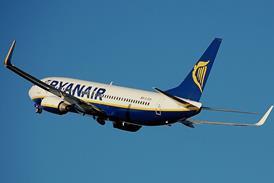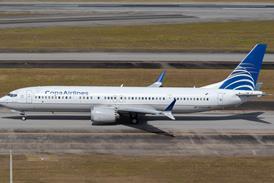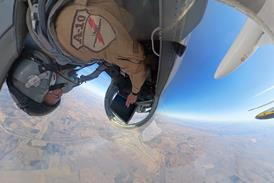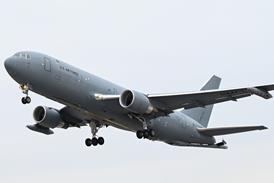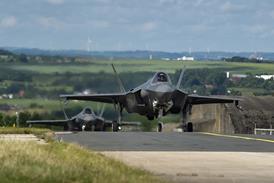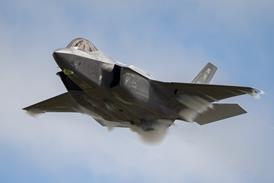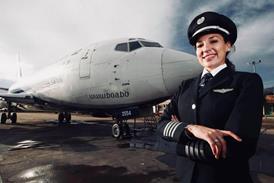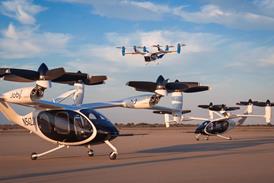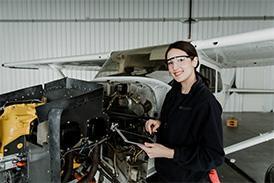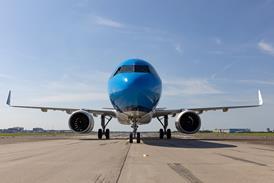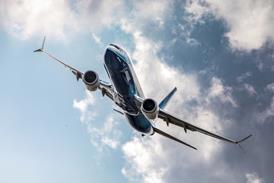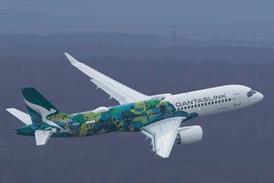Graham Warwick/WASHINGTON DC
NASA believes propulsion technology to be developed under its five-year, $4.8 billion Space Launch Initiative (SLI) will provide "jet-like" reliability and operability of the rocket engines in a second-generation reusable launch vehicle (RLV).
Engine technology is key to meeting the SLI's goal of reducing launch costs by a factor of 10, and increasing crew survivability by a factor of 100, compared with the Space Shuttle.
Propulsion is one of 10 technical areas covered by $767 million in contracts announced by NASA in the first round of SLI awards (see table). While propulsion proposals met expectations, the agency says bids in some areas, particularly crew survival, were less than hoped for. A second procurement round is planned for later this year, followed by another in 2002.
A joint venture between Pratt & Whitney and Aerojet-General will study reusable liquid-fuelled rocket engines under SLI contracts worth $115 million. Two designs will be pursued: the COBRA, a 600t (2,700kN) thrust-class single-preburner staged combustion engine; and the RLX, a 300t thrust-class split expander engine.
Under the joint venture, formed in March, P&W's Liquid Space Propulsion division is leading development of the hydrogen-fuelled COBRA and RLX, while Aerojet leads work on the AJAX, a hydrocarbon-fuelled single-preburner staged combustion engine for the USAir Force's Integrated High Payoff Rocket Propulsion Technology programme.
Boeing's Rocketdyne division will study a 400t thrust-class reusable hydrogen-fuelled rocket engine under its $65 million contract. The fuel-rich staged combustion powerplant is described as a "second-generation Space Shuttle Main Engine". Rocketdyne will also work on a hydro-carbon-fuelled oxidiser-rich staged combustion engine.
NASA elected not to fund further work on Rocketdyne's RS-2200 Linear Aerospike engine under the SLI. This powerplant was meant for Lockheed Martin's X-33 RLV technology demonstrator, which has since been terminated by NASA. The flight engine is on a test stand and Rocketdyne says it is negotiating with NASA to continue the tests to demonstrate technologies such as electric actuators, which are applicable to a second-generation RLV.
Initial SLI awards cover 10 months' work and take the contractors to a conceptual design review. Options cover an additional 14 months of work, including component tests, leading to a preliminary design review. At the two-year mark, NASA plans to issue a request for proposals leading to the hot-fire demonstration of a next-generation liquid rocket engine in 2005.
| NASA SPACE LAUNCH INITIATIVE – INDUSTRY PARTNERS | ||
| Company | Award | Technology area (s) |
| Boeing | $136m | Systems studies, airframe subsystems, operations, propulsion |
| Lockheed Martin | $94.3m | Systems studies, airframe subsystems, operations, IVHM*, NASA unique |
| Northrop Grumman | $86.6m | Systems studies, airframe, IVHM* |
| Rocketdyne | $65.5m | Upper stages, propulsion |
| Orbital Sciences | $53.1m | Systems studies, flight demos |
| Pratt & Whitney | $125.8m | Upper stages, propulsion |
| TRW | $15.5m | Propulsion |
| Honeywell | $11.5m | IVHM*, NASA unique |
| Kistler | $10m** | Flight demos |
| PHPK Technologies | $7.7m | Operations |
| Aerojet | $7.6m | Propulsion |
| Universal Space Lines | $6.5m | Flight mechanics |
| Oceaneering | $5.3m | Airframe |
| Andrews Space & Technology | $3m | Propulsion |
| Materials Research & Design | $2m | Airframe |
| Futron | $1.9m | System studies |
| Southern Research Institute | $1.6m | Airframe |
| Sierra Labs | $1.6m | Operations |
| Moog | $501,000 | Upper stages |
| General Kinetics | $375,000 | Upper stages |
| * Integrated Vehicle & Health Monitoring ** Plus options worth up to $125m | ||
Source: Flight International

